Review
The 2024 Renault Master is all new, having been redesigned from the ground up with both efficiency and electrification in mind.
While we’re focussing on the electric Master E-Tech in this review, the new large van will also host a range of diesel engines.
The previous Master E-Tech was never one of the best electric vans, due to its aged nature, but this model is a completely different proposition.
It promises a class-leading range of up to 285 miles, has a fresh aerodynamic body and an updated cabin with new tech.
The pricing is very competitive, too, starting at £42,500 (ex VAT) and you can claim £5,000 off that though the Government’s Plug-in Van Grant (PiVG). It means the Master is cheaper than some mid-size electric van rivals, like the Ford E-Transit Custom.
There are as many versions of Master E-Tech as there are diesel Masters, which is indicative of how things are these days – an electric model is no longer a fringe part of the offering. All that said, there are only three body sizes to start off with, as there are only two lengths and two heights.
The smallest Master E-Tech (MM) has a 10.8 cubic metre loadspace, with a wheelbase length of 3,585mm and a height of 2,502mm.
Next up, the LM has a longer wheelbase (4,213mm) and a loadspace of 13 cubic metres.
The largest LH version increases height to 2,780mm, for a 14.8 cubic metre loadspace.
When it comes to payload, the Master E-Tech offers up to 1,625Kg. The van can be specified in 3.5-tonne and 4.0-tonne GVW configurations.
The MM 3.5-tonne offers 1,125Kg, rising to 1,625Kg for the 4.0-tonne. LM versions have 1,047Kg (3.5t) or 1,547Kg (4.0t). The largest van’s payload is yet to be confirmed.
Renault offers a solitary 87kWh battery in the UK. There is a smaller, 40kWh option that will be offered in other European markets and in the Master’s sister van, the Nissan Interstar, but Renault reckons that all the UK demand will be for the bigger battery so it is putting all its efforts into that.
It’s paired with a 140PS electric motor, which is not the most powerful motor option offered in an electric van – far from it – and it is not even the punchiest powertrain when compared to the diesel options.
All this leads us to start with the Master E-Tech’s slight weak spot as far as its drive is concerned – it isn’t that quick and never feels that powerful. That said, we were testing it with a 400Kg payload in the back, and it certainly didn’t feel like it struggled, either from a standstill or up the occasional hill we encountered. It’s more that electric vans often offer something a little extra in terms of power and pace and the Master is more sedate and sensible.
Fast charging comes as standard, which means that you should be able to replenish this fairly swiftly, but only if you take advantage of the public charging network. Hook up to a 22kW public AC point and you’ll get from 0-100% in 4h 35mins. However, be prepared for a bit of a wait on a domestic point – a full recharge is said to take 14 hours on a home 7.4kW wall box.
If you can find a charger capable of it, then it can take speeds of up to 130kW, which could see you get a full charge in only 1hr 10mins.
The headline range figure differs between models. Renault states up to 285 miles for the van with the smallest body, according to WLTP standards, but figures for UK variants are yet to be confirmed.
The cabin is a smart and driver-focused place, with some decent and clever storage spots. There’s a large 10-inch central touchscreen that provides infotainment and sat-nav. Physical switchgear has been retained for the climate control.
Renault has developed some clever software to support conversions, enabling a number of third-party devices to be controlled from the touchscreen. These include lighting for the emergency services and temperature controls for a refrigeration unit.
Despite the improved tech, the Master still has a physical key and ignition slot, as well as a manual handbrake lever.
That is where the oddities on the Master E-Tech end. The steering is solid at higher speeds, which makes it easy to hold your line on the motorway, but it is also light enough at lower speeds to take advantage of what is an impressively tight turning circle.
There is a handy digital rear-view mirror, which provides a clear image and is a useful way of being able to see behind the van. As ever with these miniature screens, though, it isn’t quite the same as a physical mirror as it takes a moment or two longer to focus on the subject on display. It’s better than not being able to see behind you, though.
Otherwise, visibility is good, with big windows and the usual high-up large-van vantage point. The squared-off front end makes it easy to place when parking head on, too.
The driving position is fairly standard, with a good amount of adjustment for the wheel and a reasonable amount for the seat, curtailed only by the bulkhead behind it.
The three seats across the middle all offer a good amount of room for an adult occupant, and getting around in the cabin is relatively easy. It’s not quite as simple as the Ford Transit Custom – the floor isn’t totally flat and there is a bit of the dash that intrudes into the middle passenger’s space, so you shuffle rather than slide from one side to the other.
Pretty much every large van has an electric version these days, with the Ford E-Transit the leading light in the category in terms of sales and ability. While there isn’t really anything glamorous or showy about the Renault Master E-Tech, it does a fantastic job of offering a big electric van with an impressive range that is good to drive. Thanks to a battery that is not too big and heavy, it is possible to get a decent payload, too.



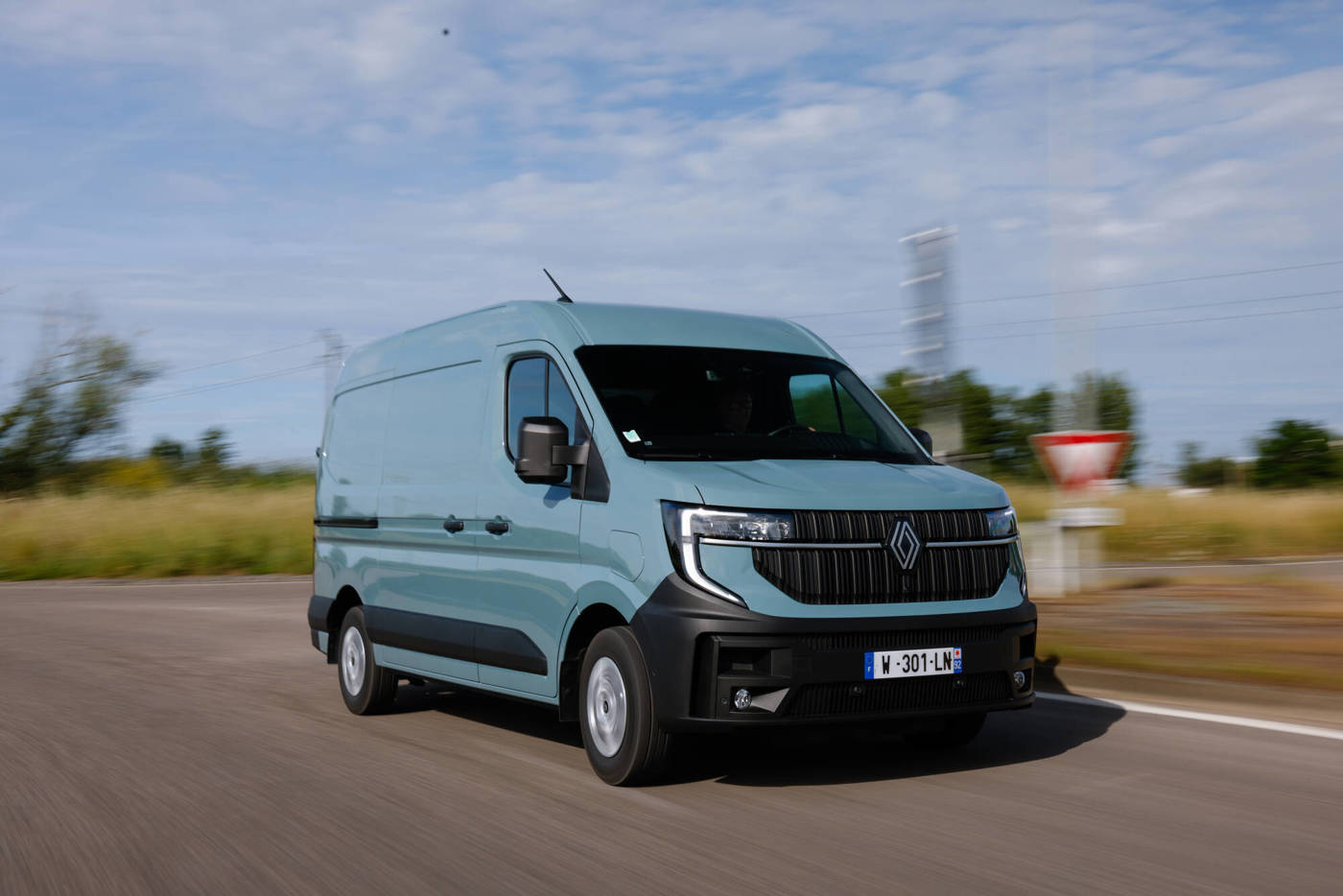
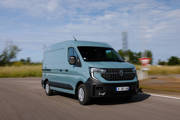
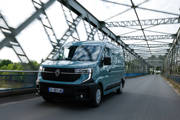


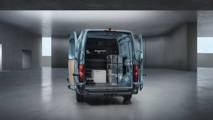
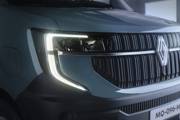
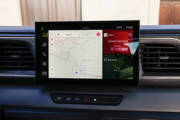
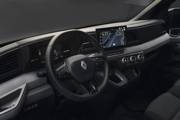
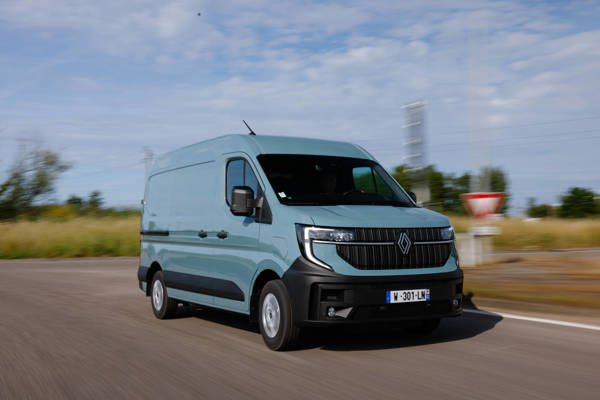
 Diesel
Diesel
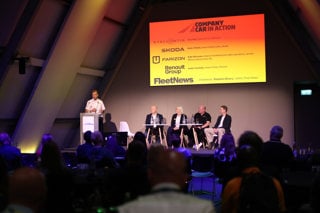

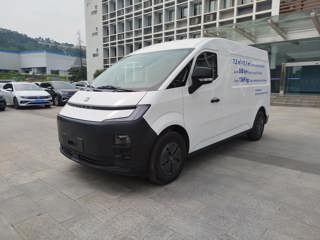
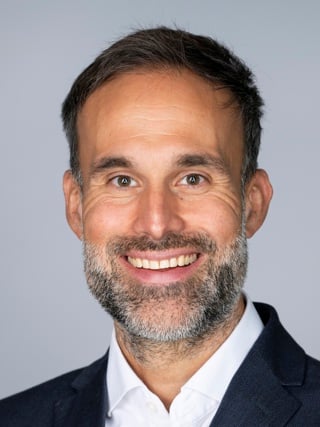













Login to comment
Comments
No comments have been made yet.